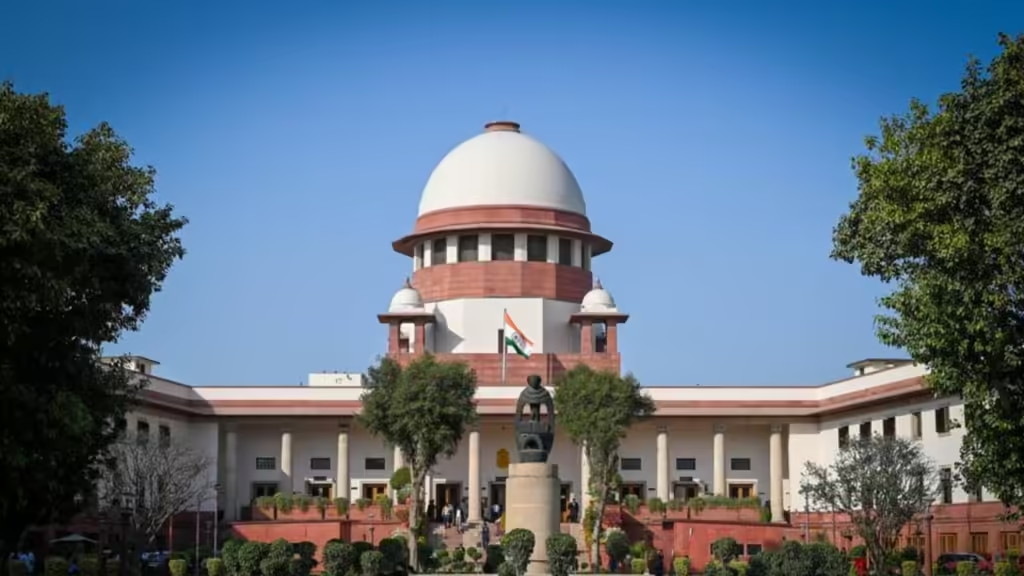In a landmark decision, the Supreme Court of India has ruled that the “creamy layer” among Scheduled Castes (SCs) and Scheduled Tribes (STs) should be excluded from the benefits of reservation quotas. This significant ruling aims to ensure that affirmative action reaches those who are most in need and effectively addresses socio-economic disparities within these communities.

Understanding the Ruling: Key Takeaways
The Supreme Court’s decision marks a pivotal moment in India’s approach to social justice and affirmative action. By mandating the exclusion of the creamy layer within SCs and STs from quota benefits, the Court seeks to refine the reservation system, making it more targeted and impactful. Here’s an in-depth look at the implications and rationale behind this ruling.
What is the Creamy Layer?
The term “creamy layer” refers to the more affluent or privileged members within a particular social group who, despite belonging to a disadvantaged community, have achieved significant socio-economic progress. In the context of SCs and STs, the creamy layer consists of individuals who have access to resources, education, and opportunities that set them apart from their less fortunate counterparts.
The Supreme Court’s Rationale
The Supreme Court’s ruling is grounded in the principle of ensuring equitable distribution of benefits. The Court emphasized that reservation quotas were initially intended to uplift the socio-economically disadvantaged sections of SCs and STs. By excluding those from the creamy layer, the ruling aims to direct resources and opportunities to those who genuinely require assistance for their advancement.
Impact on Reservation Policies
This ruling will likely prompt a reassessment of existing reservation policies across various sectors, including education, employment, and political representation. The exclusion of the creamy layer is expected to:
- Enhance Targeting: Ensure that reservation benefits are allocated to those who are genuinely disadvantaged within SC and ST communities.
- Promote Fairness: Reduce instances of misuse of reservation benefits by more privileged individuals within these groups.
- Encourage Inclusivity: Foster a more inclusive and equitable system by addressing the disparities within SCs and STs.
Implementation Challenges
The implementation of this ruling may pose several challenges. Identifying the creamy layer within SCs and STs requires a robust mechanism to assess socio-economic status accurately. It will necessitate updates to existing data and possibly the creation of new frameworks for evaluating eligibility for reservation benefits.
Reactions and Future Implications
The Supreme Court’s recent decision to exclude the creamy layer within Scheduled Castes (SCs) and Scheduled Tribes (STs) from reservation benefits has sparked a range of reactions. Proponents of the ruling view it as a crucial step toward refining the reservation system, aiming for a more equitable distribution of benefits. They argue that by targeting the truly disadvantaged within these communities, the decision ensures that affirmative action serves its intended purpose—uplifting those who need it most. This shift is seen as a move toward a fairer system that minimizes misuse and promotes genuine socio-economic advancement.

Conversely, critics express concerns that this exclusion could compromise the broader goals of affirmative action. They argue that by narrowing the scope of reservation benefits, the ruling might inadvertently marginalize some members of SCs and STs who still face significant challenges despite being part of the creamy layer. There are fears that this approach might exacerbate disparities within these communities rather than addressing them comprehensively. The debate highlights the complexity of balancing targeted assistance with the overarching goals of inclusivity and social justice.
In the long term, this ruling could lead to:
- Policy Revisions: Governments and institutions may need to revise their reservation policies to align with the Supreme Court’s directive.
- Increased Scrutiny: There will likely be increased scrutiny and debate regarding the criteria for determining the creamy layer.
- Broader Reforms: The decision could prompt discussions about broader reforms in social welfare and affirmative action policies.
Conclusion
The Supreme Court’s ruling on excluding the creamy layer among SCs and STs from quota benefits represents a crucial shift in India’s reservation system. By refining the focus of affirmative action, the Court aims to ensure that the benefits reach those who need them most. As this decision is implemented, it will be essential to monitor its impact and address any challenges that arise to maintain the balance between social justice and effective policy application.
Stay tuned to Club4Celebs for more updates.


